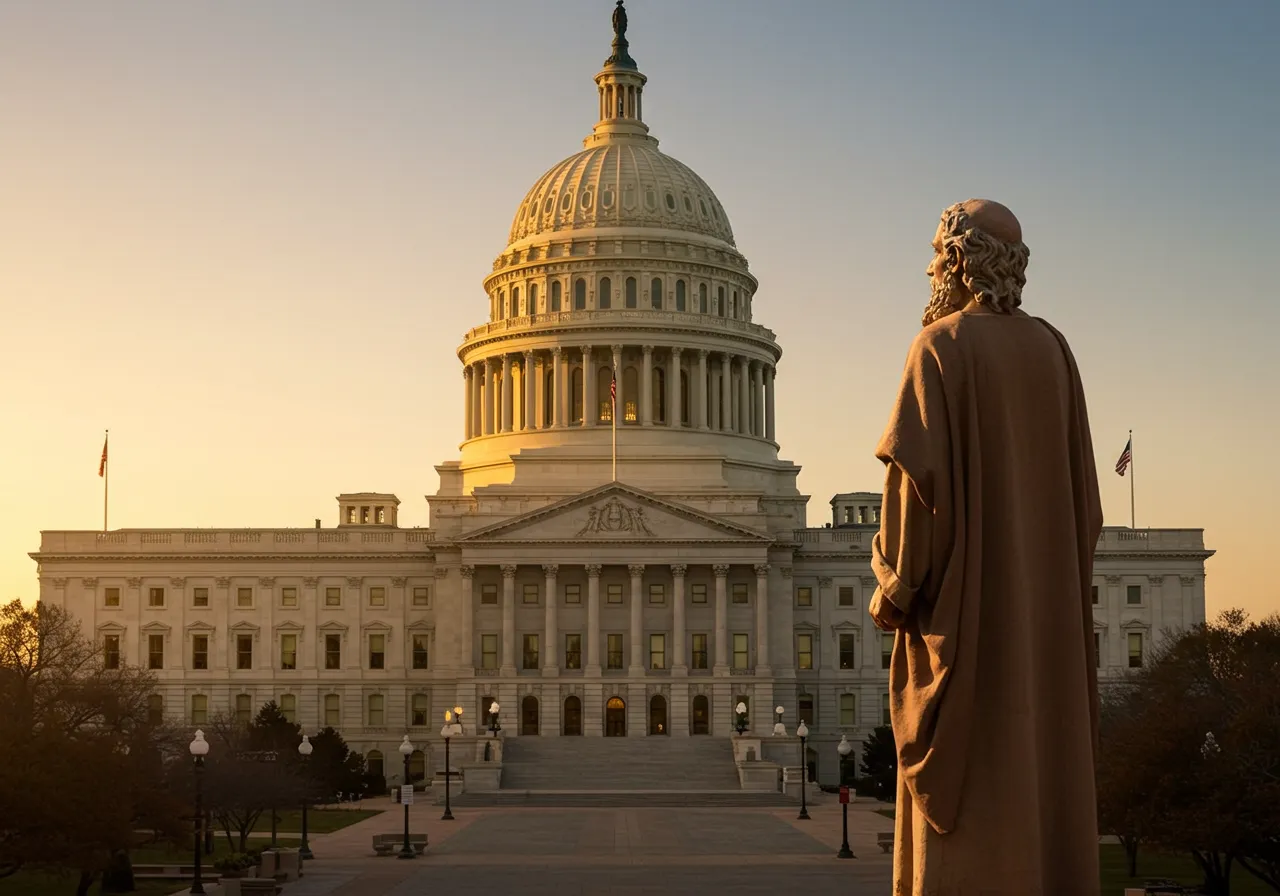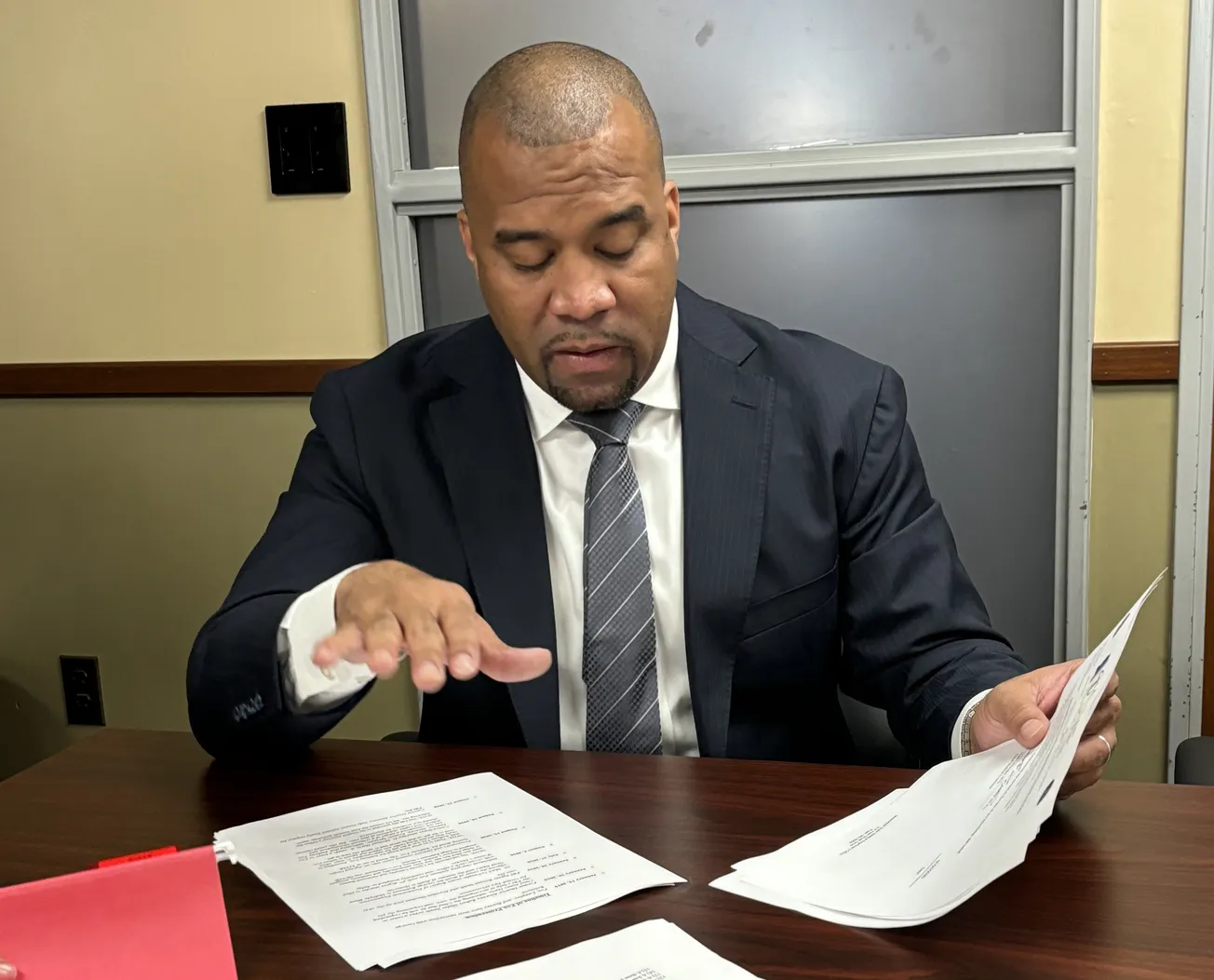On Sunday, August 7, 2022, a Black Catholic parish in Mobile, Alabama tweeted a fairly innocuous video of a teenage parishioner using her gifts to praise God during a weekend Mass.
The reaction from Catholic Twitter was swift—and it was ugly.
This is sickening.
— David Jalomo (@DavidJalomo7) August 8, 2022
Horrible. 😡 The focus was on her performance, not on God. This is not permitted in the liturgy, the only exception being in African countries where dance is very deeply rooted in the culture. Even then the dance is suited to properly fit into the Mass so it’s not a performance.
— St. Cecilia (@Melody31Cecilia) August 8, 2022
"if someone dances in or in front of a church, he should do penance for three years" ancient penitential canon, repeated by St. Charles Borromeo and St. Alphonsus Liguori
— Kantian ☧ (@kantcath) August 8, 2022
@ArchbishopRodi ?? 😕😯🙀 Not sure what to say. I'm looking for the liturgical formula for this one... @thecatholicweek
— Dr. Lawrence V. McCrobie, EdD (@McCrobieLV) August 8, 2022
This is just a sampling of the hundreds of disparaging comments the video received within 24 hours of its posting, from numerous accounts—many of them, anonymous, as is common among many vocal Catholic conservatives on that site.
I observed from afar at first, before the waves of criticism flowed in, as a longtime follower of the account. It is affiliated with St Joseph Catholic Church in the city's Maysville neighborhood, a parish run by the Josephites (with whom I am in formation for the priesthood). This society of priests of religious brothers, founded in 1893, serves African Americans as a rule.
Throughout the history of the society, a number of changes have swept through the world of African-American Catholics, especially since the onset of the Black Catholic Movement in the late 1960s. In the 30 some-odd years between then and the end of the movement, various facets of Black Christian spirituality entered Black Catholic parishes throughout the country, resulting in the preponderance of Masses with gospel music, Afrocentric vestments, call-and-response interactions, and—yes—on occasion, liturgical dance.
Some would say that these parishes became more “Baptist.” As a recent convert to the faith from that tradition, I would say they became, in some ways, more “authentically Black” (to borrow a phrase associated with the famed Black Catholic liturgist and religious sister Servant of God Thea Bowman).
In either case, it was surely no surprise to the parishioners of St Joseph's when Victoria Blakely, a recent graduate of W. P. Davidson High School, performed her praise to the Lord to the tune of “Deliver Me (This Is My Exodus)” by Donald Lawrence. The song speaks of the Christian’s freedom from sin, in reference to the Old Testament story of Moses and the Israelites’ flight from Egypt (a common theme in Black sacred song over the centuries).
Again, I viewed the video without shock. It was not the first time I had seen a liturgical dance to the song on the Internet. It wasn’t even the first time I’d seen a Catholic dance to the song at Mass. On at least one occasion, I’d such as much in person:
It was disheartening, as such, to see Catholic after Catholic cast aspersions on St. Joseph's, the priest, the bishop, and even Blakely herself—who has been accepted to study dance at Dominican University of California. According to the website of St Joseph’s, she was awarded a four-year scholarship.
Some came to her defense on Twitter. Fr Stephen Vrazel, a White priest who pastors nearby St Mary’s Catholic Church in Lyons Park, noted with disgust the “shameful” reactions from those offering unrequested criticism.
“You people are so quick to ridicule,” he added.
@StJosephMaysvil is one of the nicest little parish accounts on this website, tweeting out wholesome stuff all the time. And y'all come in here to criticize something you don't understand. It's shameful.
— Fr. Stephen Vrazel (@KeytarCatholic) August 9, 2022
I am livid right now. You people are so quick to ridicule.
— Fr. Stephen Vrazel (@KeytarCatholic) August 9, 2022
I'm really feeling the Lord's emotional state in Mark 3:5:
"Looking around at them with anger and grieved at their hardness of heart..."
He himself received no shortage of vitriol for speaking up, including various accounts—many, again, with no identifiable human behind them—which expressed their outrage that a priest would dare suggest that African Americans are exempt from the liturgical rubrics of the Roman Rite.
Others still offered videos from retired African cardinals Robert Sarah of Guinea and Francis Arinze of Nigeria—both of whom have famously spoken out during their tenures on the need for the liturgy to remain free of cultural expressions (including and perhaps especially dance). They are Black too, after all, rings the constant refrain from stateside commentators.
The larger Catholic Twitter reaction was similar to the recent online uproar over St Sabina Catholic Church in Chicago, probably the most liturgically progressive Black parish in America. “Baptist” does not suffice to capture the essence of their typical Sunday Mass, and video clips demonstrating that fact have been more than enough to draw the ire of many an online, usually White conservative. (This has only been exacerbated by the recent crackdown on the Latin Mass, requested by Pope Francis and implemented recently in Chicago by Cardinal Blase Cupich.)
In both cases, from the Deep South to the Lakeshore, not a few Catholics were bold enough to say that the Gospel Masses in question were, in fact, not Catholic Masses at all.
I visited St Sabina myself not so long ago, and I admit that I was taken aback by some of the liberties taken. From the elimination of certain introductory rites in the Liturgy of the Eucharist, to the addition of various musical interludes and other spoken anomalies, it was like nothing I had ever seen before. Even so, I was hardly offended. In fact, I might even say I was drawn to a feeling of delight.
Let me explain.
Since my conversion to the Catholic faith just two and a half years ago, I have been increasingly drawn to the possibilities of Black Catholicism, especially in the liturgy. Many do not know that African Americans in the Church were on the cusp of studying the creation of an independent rite less than twenty years ago, at the tail end of the aforementioned movement. I have long imagined that that particular story is not yet over. So when I saw St Sabina’s liturgy in person, in all of its aberrant glory, I was energized.
Was it an invalid consecration? I have no idea, similar to how I have little knowledge of the background of Victoria’s marvelous display of compositional grace this month in Alabama. I have always assumed that when a Black parish does something others tell me is wrong or “not Catholic,” the proper authorities must have already made their decision or given special permission. If not, they would have surely said so by now, methinks. For example, Black Catholics have been dancing at Mass for decades, don’t you know? (They don’t.)
Sadly, in the case of St Joseph’s Maysville, the Internet representation of Catholicism was not yet ready for something so emboldened as a Black woman’s liturgical choreography. Upon notification of the tweet to the pastor—who can be seen in the video—the tweet was deleted without comment.
It was, quite literally, ratio’ed out of existence.
I texted the pastor of St. Joseph's last night to give him my support. I assumed he had seen everything.
— Fr. Stephen Vrazel (@KeytarCatholic) August 10, 2022
Nope. He had no idea.
Y'all were all piling on some poor volunteer who manages the parish's social media. pic.twitter.com/HI7nSwk5dE
I eventually DM’ed the parish to ascertain why exactly the tweet was deleted, but that was mostly a formality. I, and probably most Black Catholics, have a good idea of why it was better for the tweet to have never been born, at least here in the United States where our community’s birth pains are ongoing.
Mobile, after all, is an archdiocese where one of the nation’s most historic Black Catholic schools—also run by the Josephites—was recently shuttered, with the chancery and others citing financial concerns (as they often do). It was thereafter un-shuttered, following a fundraising campaign that accomplished in a matter of weeks what was allegedly impossible for years.
So, as it is, the school survives and the tweet does not. The Lord gives and the Lord takes away. Also remaining, however, is a ready chorus of conservative White Catholics who will not—under any circumstances—allow the transgression of their treasured liturgical norms, especially not by the likes of disadvantaged Black folks in the Deep South.
St Joseph, terror of demons, pray for us.
Nate Tinner-Williams is co-founder and editor of Black Catholic Messenger, a seminarian with the Josephites, and a ThM student with the Institute for Black Catholic Studies at Xavier University of Louisiana (XULA).










